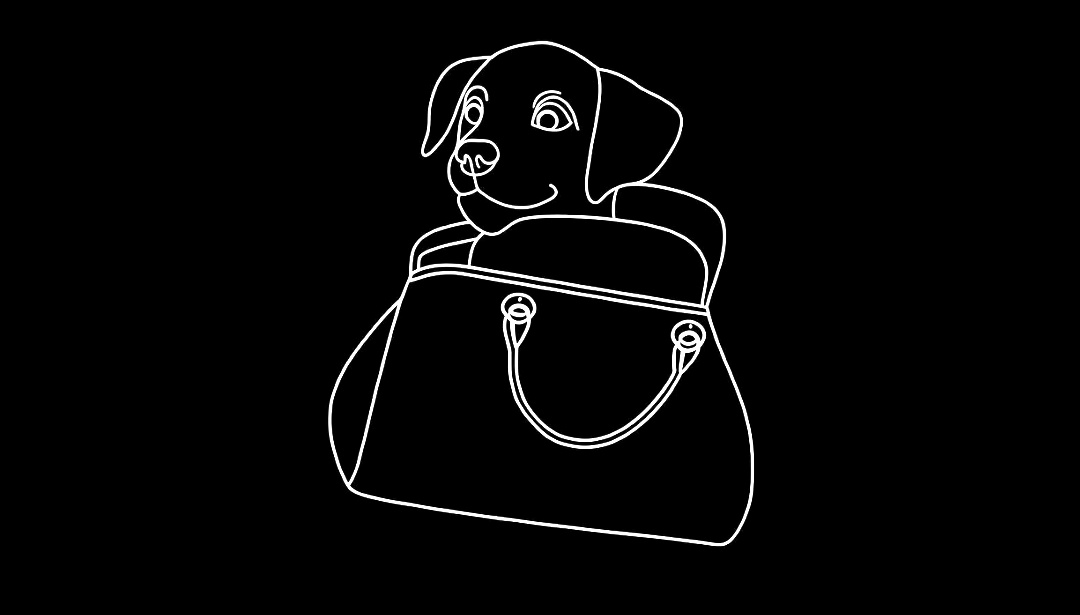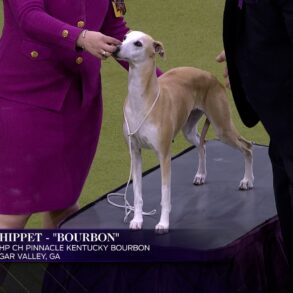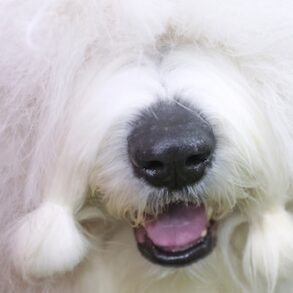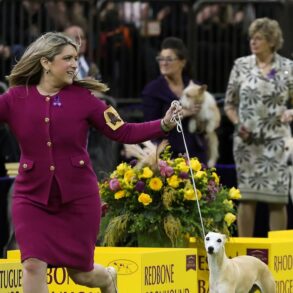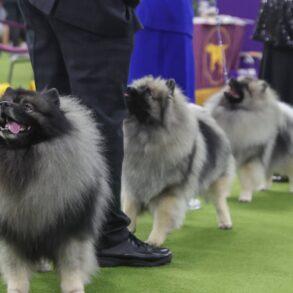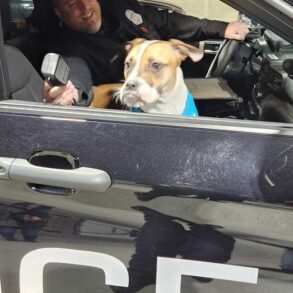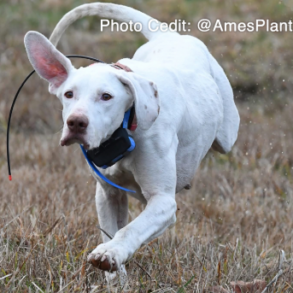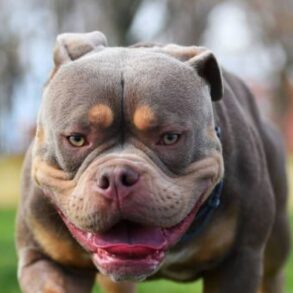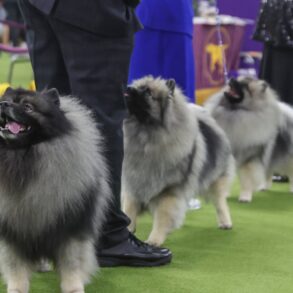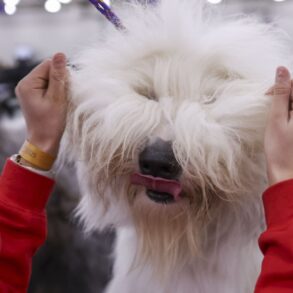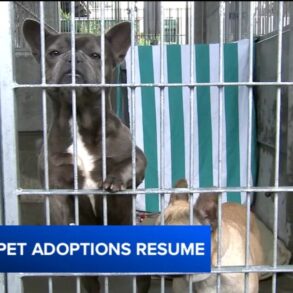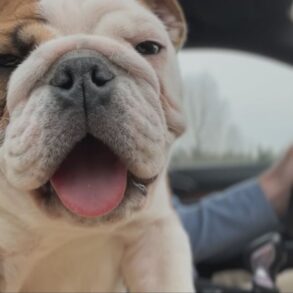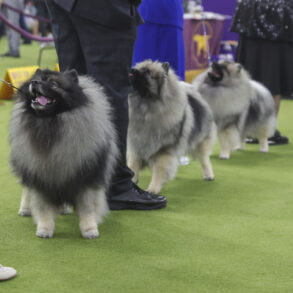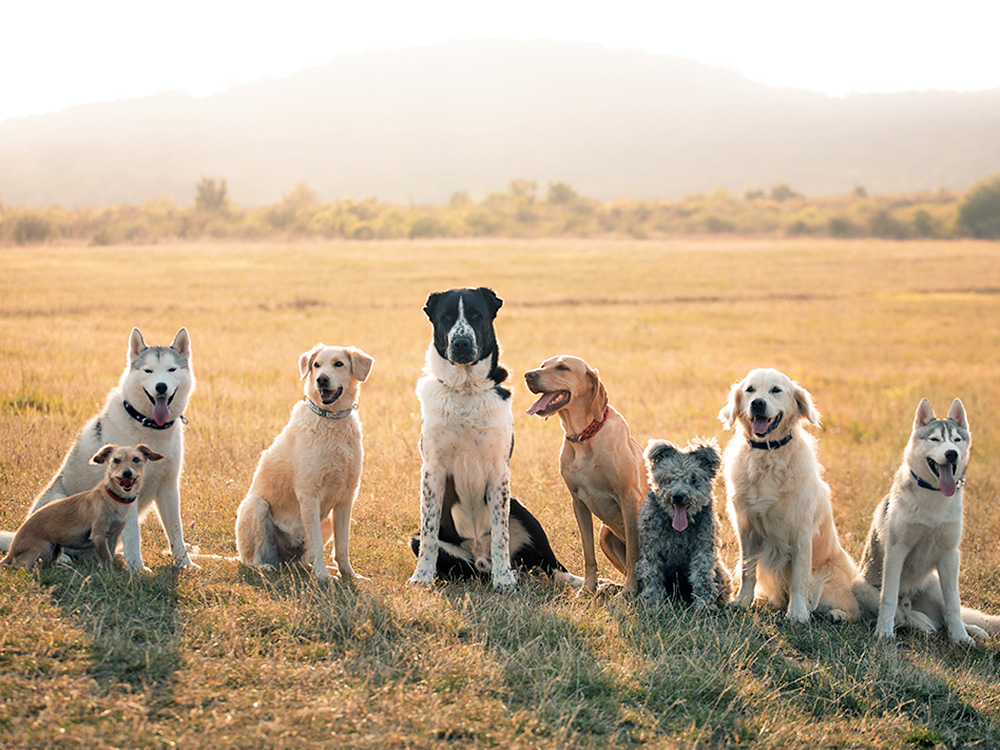
Certain dog breeds — the German Shepherd, for example — have a reputation for excelling at working tasks. On the other hand, the Pomeranians and Chihuahuas of the world seem built for lives of lazy luxury. For decades, many people have held the belief that dogs can be breed to inherit certain genetic skills, like the advanced scent detection that crime-busting German Shepherds are famous for. As it turns out, that’s a bit of a myth — or maybe just a classic case of human hubris.
A new studyopens in a new tab published in Science Advances found that, when it comes to skull shape, dog breeds don’t have significant physical differences that give them ability advantages. In other words, we didn’t successfully breed dogs to physically excel at scent or biting tasks.
The study
Using 3D reconstruction techniques, researchers analyzed the skull shapes of 117 dogs. Forty domestic dog breeds were represented.
While skull shapes varied in some ways across different breeds, the components of the nose and skull related to scent and biting functions were remarkably similar. There was no evidence that skull shape contributed to a dog’s ability to perform functional tasks; for example, dogs specifically bred to have stronger bites did not show different bite-force measurements.
“In the past 200 years, humans have created hundreds of dog breeds that look really different and are pretty specialized at some tasks like herding, protecting, and detecting odors,” Lindsay Waldrop, a co-author of the study, told Phys.org.opens in a new tab “We have assumed that these dogs look different because they are ‘structurally’ specialized at these tasks, but our study shows that, at least for their skulls, they ‘are not’ specialized for tasks that involve the skull, such as biting tasks and scent work.
Brachycephalic breedsopens in a new tab such as Bulldogs and Pugs were an exception. Humans did breed brachycephalic pups to have shortened snouts. Notably, these breeds weren’t specially bred for any task specialization, but simply due to aesthetic preferences.
Debunking stereotypes
The new research finds that dogs’ personalities and behavioral training are the keys to their advanced skills — not their breed. Physical traits alone can’t predict how well a dog will excel at a task. Humans bred dogs to look very different, but those changes didn’t translate to functional advantages.
The study also debunks the idea that certain breeds, such as the much maligned Pit Bull,opens in a new tab are more dangerous due to their bite strength. “There are many news stories about dogs attacking people badly and often there are specific breeds that are targets of this reporting (such as Pit Bulls),” Waldrop told Phys.orgopens in a new tab. “Some people claim that these dogs will bite harder than other dogs of the same size, or they have special features like ‘locking jaws’ that make them especially dangerous to people. Our study shows that this is simply not true; dogs bred to bite things aren’t structurally different than dogs that have bred to do other things.”
This post was originally published on this site be sure to check out more of their content.
